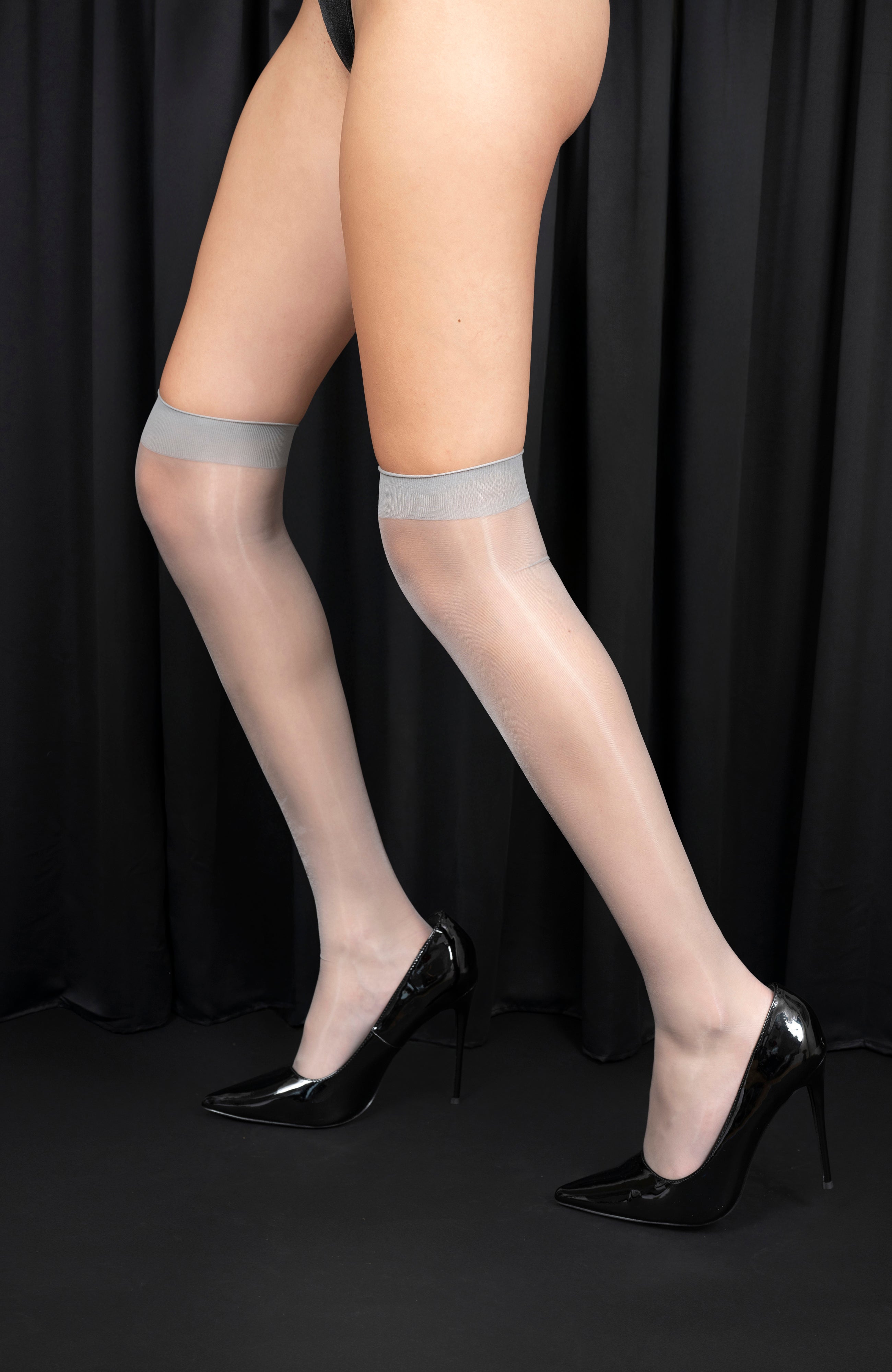Article: A LONG HISTORY OF ART, INNOVATION, & EXPRESSION | LECHERY NEW YORK

A LONG HISTORY OF ART, INNOVATION, & EXPRESSION | LECHERY NEW YORK
Hosiery. Those things that you wear when you want to feel seductive, proper, fashion-forward, feminine, sensual, modest, and so on, actually, were first worn by European noble men underneath their tunics in the 15th and 16th century. Though the pioneers of tights were worn by men, it was Queen Elizabeth I that revolutionized this item as she was the first woman to ever wear the first type of knitted silk stockings in 1560. These stockings were made of silk and wool - so they did not have the stretch or support we now get from them today. Stockings (just like today) back in the 16th century required garters in order to keep them up.
It was in the 18th and 19th century when there was a dramatic shift from hosiery to trousers for men, hosiery became recognized more of a female item. Women would wear hosiery for the purpose of modesty, warmth, and protection.
By the end of the 19th century to the early 20th century, a major man-made fiber revolutionized the hosiery industry: rayon. These fibers made hosiery much more durable and convenient for dyeing (which we absolutely live for).
In the 1920’s, as prosperity was rising due to the booming economy (that's why they called it the Roaring '20's), hemlines of women were becoming shorter. This gave an edge to the hosiery industry in which stockings supported by a garter became a popular item. It was also around this time when women flaunted their fishnets, embracing the idea of style and freedom.
Thanks to DuPont and the boycott of all Japanese products (including silk), between 1939 and 1940 another groundbreaking invention occurred: nylon. It was cheaper than silk which made hosiery become more accessible to women. Though DuPont was making a profitable business out of these nylon hosiery, they had to stop their production at the expense of World War II. Nylon was not only used for us ladies, but they were used for creating parachutes, airplane chords, and tents. It was when DuPont returned to the production of nylon hosiery at the end of the war when the nylon riots occurred - women were ready to fight and get their hands on a pair of nylons!

"WHS Image ID 81731" by wistechcolleges is licensed under CC BY-NC-ND 2.0
In the 1950’s, DuPont created Lycra which we all know is what gives stretch to our lovely pairs of hosiery. Just like nylon and rayon, it was durable, easier to dye, plus now it gave more elasticity and breathability.
In the 1970’s, hosiery made with mixed fibers like Lycra and nylon became a fashion statement and female wardrobe essential.
1980’s seems to be our year! Fishnets, lace, and all the interesting types of hosiery became more prominent. Advertisements were sexy, fun, and enticing. Women were able to accentuate their legs through these elegant, fun, and seductive styles.
As the years progressed, the hosiery industry took a nosedive. The hype for them became less amongst women, advertisements were less interesting, and to be blatantly honest, just boring and commercialized.
Though the popularity in hosiery took a downturn, our love for hosiery remains. It is more than a pair of leg wear to be worn for functionality. It is a work of art backed by a long history of innovation and expression. It will always be.






Leave a comment
This site is protected by hCaptcha and the hCaptcha Privacy Policy and Terms of Service apply.